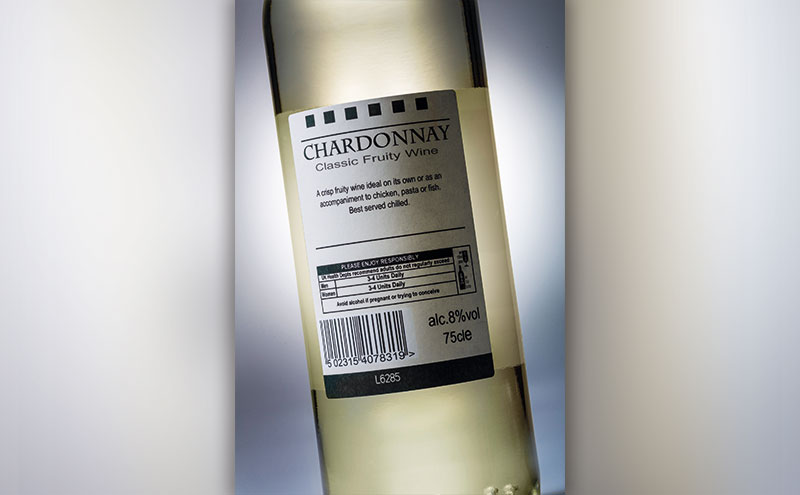
By John Tierney, marketing director, Linx Printing Technologies
WHISKY remains one of Scotland’s most valuable exports, but it is not the only drink making the headlines these days. Gin is another booming market – already some 70% of the gin consumed in the UK is made in Scotland.
The success of all types of premium products brings coding challenges. Brands need to carry important information such as batch codes, but it is essential that this does not detract from the overall appearance of the pack. Premium brands must also take steps to prevent counterfeiting.
New coding techniques offer opportunities for brands to add value. A QR (Quick Response) code can be used to provide interactive content, such as linking to audio or video material, hosting a competition or providing additional product information.
For premium brands, laser coding has the flexibility to deliver both brand protection and promotion.
Lasers produce clear, consistent and perfectly formed characters in a variety of fonts and message formats, and allow the use of detailed graphics and logos over relatively large print areas. Such high quality codes can blend in with and complement the premium look of the rest of the packaging.
The wide choice of character sizes means laser codes can be either visible or discreet. Add to this the permanent nature of the codes and it is no surprise that laser technology is the ideal solution for anti-counterfeiting.
Laser technology leaves a permanent mark on a material in one of three ways: ablation, etching, or thermochemical change.

Ablation on printed card or labels involves the removal of only a few microns from the layer of the material to reveal a contrasting substrate beneath. Card and paper require little energy to mark with a laser, so very high line speeds can be achieved with a relatively low powered laser, when coding onto bottle labels for example. The same process can be applied to coated metal caps.
Laser coding onto plastics involves a thermo-chemical reaction with the surface of the material which leaves a colour change or physical change rather like an etched mark.
When coding onto glass, the laser etches onto the substrate by vaporising material from the surface, leaving a physical mark. Laser is a particularly popular method of coding onto glass bottles of premium spirits, as it is permanent, distinct and efficient. Special systems are available that can produce higher quality codes and with greater visibility on cold glass. In each case the fine focusing of the laser beam is very accurate so that the protective properties of the container are not compromised.
As well as its suitability for a wide range of substrates at any line speed, another benefit of laser marking is the lack of consumables. This minimises running costs and eliminates downtime for refilling or cleaning, ensuring a reliable, consistent and cost-effective long term performance.

The wide choice of laser printers available underlines the versatility of the technology and its ability to meet different printing and line requirements.
Compact entry-level steered beam lasers deliver excellent coding flexibility and fast speeds while their small dimensions and lighter weight make them simple to fit into existing lines or tight spaces, coding in any orientation. High performance scribing laser models are able to maintain the highest quality of code at some of the fastest speeds currently available on the market – for example, in excess of 70,000 bottles per hour on a high speed bottling line.
The factory environment is an important consideration when selecting a laser. The model will need the correct rating for the production environment, where incidental contact with fluids may occur. An IPx5-rated coder will enable full washdowns to take place with the laser remaining in situ, which minimises downtime.
Ease of operation will also be important. An intuitive touchscreen is invaluable in ensuring fast setup and easy creation of messages to reduce the risk of errors and further maximise production efficiencies.













